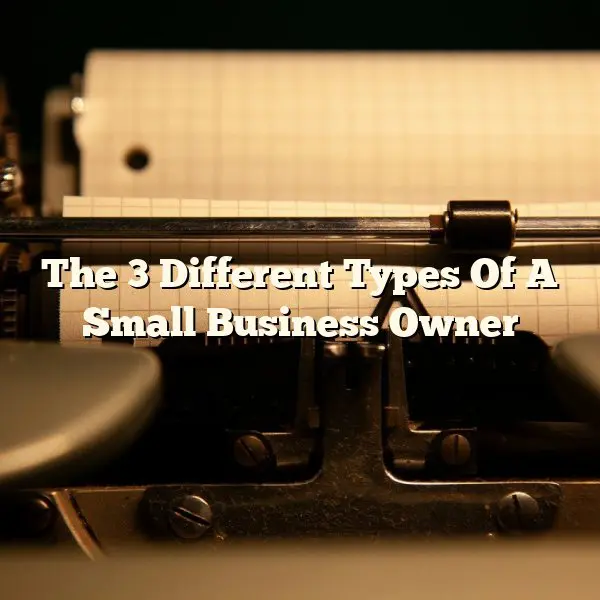Subconscious healing is based upon two important principles of healing, principles that work hand in glove. The first is that diseases thought to have primarily pathogenic origins ultimately stem from the patient’s mind. The second is that the part of the mind capable of making the body healthy or unhealthy is surely not the conscious mind, but the subconscious.
Freudian psychotherapy is what most of us imagine when we think of the unconscious, whether regarding it as the object of practice or as the subject of theorizing. But this part of us has always been hinted at by literary artists ad philosophers down through the ages. Certainly, every major religion, and before the major religions the local witches, druids and shamans all made subtle use of the human unconscious.
Obviously, the unconscious is defined by its ability to function beyond the control of our waking consciousness. A simple example of such a bodily process, guided by the brain, yet beyond our control, is the fact that we do not have to make ourselves breathe while asleep. Our sleep, like our beating hearts, escapes the brain’s conscious control even while governed by it.
Both conventional medicine and much that is considered “alternative” medicine work through chemical cures that induce the body to respond in ways necessary to effect healing. The difference between the two is in the relatively superficial distinction between highly processed “drugs” and less processed, “natural supplements”, and in the less superficial distinction between thoroughly peer – reviewed research and more informal testing. The real alternative medicine isn’t one that uses a leaf rather than a processed plant, but one that uses the power of the mind to heal without recourse to the use of any invasive technique whatsoever.
While there are many subconscious healing traditions from around the world, they do have much in common just because they each must address the same organism, humankind. It helps if the patient can manage an attitude of not mere peace of mind but true gratitude toward one’s blessings. It might be difficult to generate gratitude while fighting an illness, especially an illness so pernicious it inspired the sufferer to seek outside conventional medical science.
The unique power of gratitude lies in the fact that the subconscious has no conception whatsoever of negation. When sick, the most natural thing in the world is to harbor hostility to the sickness, a hostility akin to the antagonism of chemical medicine and said disease. But all the unconscious knows is that the mind is focused upon some object, regardless of whether that focus is favorable or unfavorable.
This is a theory well known to anyone who has tried to attract wealth but failed because they were really obsessed with their poverty. The same rule applies to health, where the deployment of the mind’s resources tends to involve attending to that part of the body that is healthy, inspiring healthiness to spread across the body as a whole. It goes without saying that such an attitude will be conducive not just to healing but to enduring disease and its ravages.
There are many roads to subconscious healing, and though any “alternative therapy” strikes the public as new, it actually has ancient roots. Mantras and visualizations have been used to relax and to heal since prehistoric times. It is unsurprising that the public now turns inward to tap our innate power to heal.
Learn more about the benefits of subconscious healing by visiting our web pages here. You can see details at http://thetahealingthetamind.com now.



